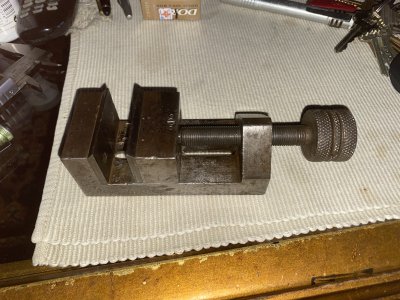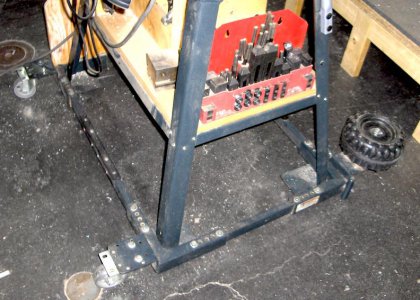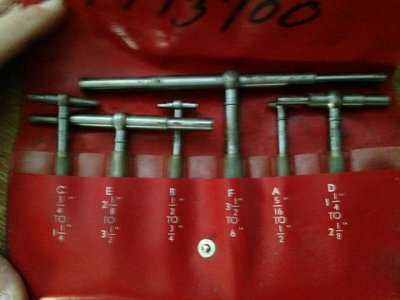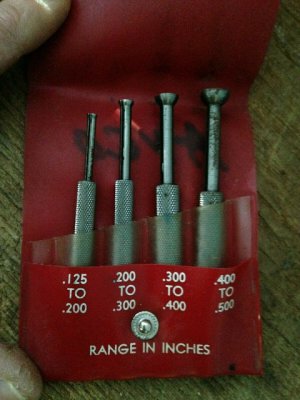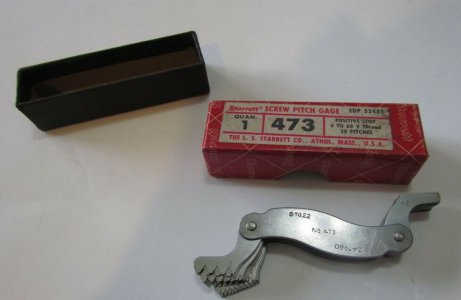- Joined
- Nov 14, 2016
- Messages
- 3,010
That looks like some serious equipment for resin casting. What do you cast?
Model stuff, mostly for trucks and emergency vehicles. I've duplicated kit parts that I'd like more copies of as well as parts I've scratch built. I've even done a couple of model truck cabs. I never really trusted the HF pot and it was kind of small and awkward to use with a concave bottom, so didn't do a lot of pressure casting with it. The point of using pressure is it crushes any air bubbles making a better quality part.
Now that I have a 3D printer, lathe, mill, bigger compressor and a pot that doesn't scare me I'd like to get more serious about making stuff that I can not only use myself but also maybe sell some to other modelers and get all this stuff to help pay for its way.
These are fairly simple parts, but the emergency lights, siren, antenna base, mirrors and wheels / tires on this model were cast resin parts that I did. Not shown but I also cast the transmission, transfer case and front powered axle. I also made the decals. The tool boxes, tank, pump parts, tools and railing were scratch built. The pickup itself is an off the shelf plastic model kit, with some modifications to make it a lower trim level.
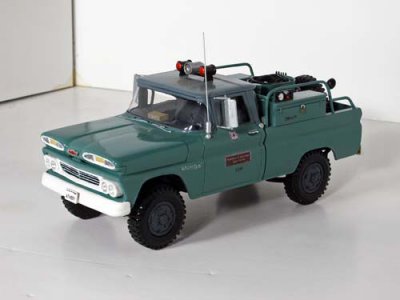
This is a 1980s Ford F700 cab I cast. It is a little rough because I couldn't fit it in the small pressure pot, and also an early attempt at casting something like this. Oddly for such a common truck nobody offers a 1/25 scale kit of it.
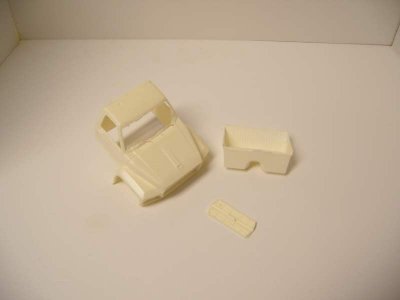
I've been gathering the information to scratch build a Hall Scott 1091 engine which I will cast when done. The 1091 was one of the most powerful truck engines in the 1950s and 60s, very popular with fire departments and loggers on the West Coast (Hall Scott was a California engine builder). I think it would be a fairly popular item for truck modelers and nobody does one.
Last edited:


